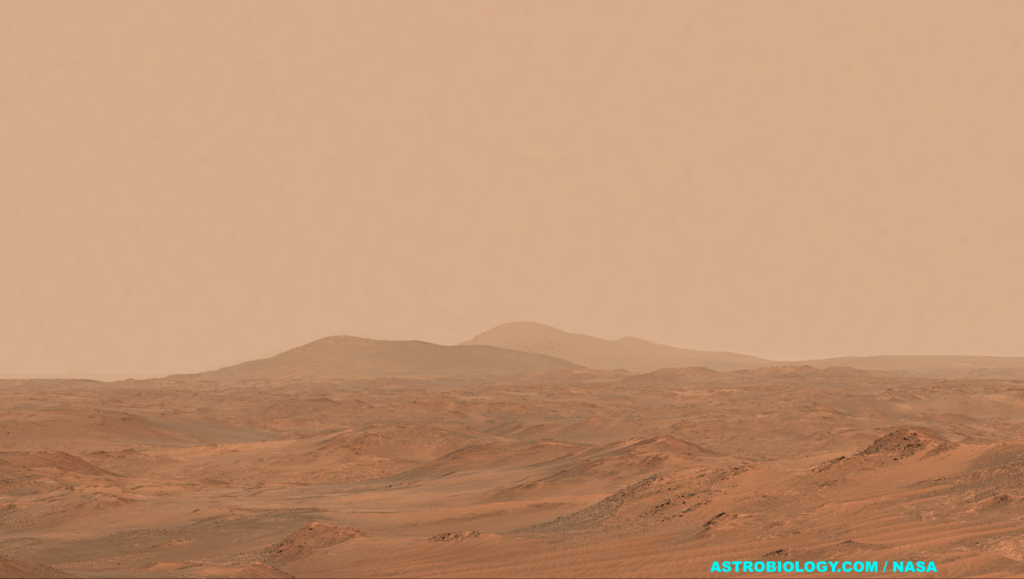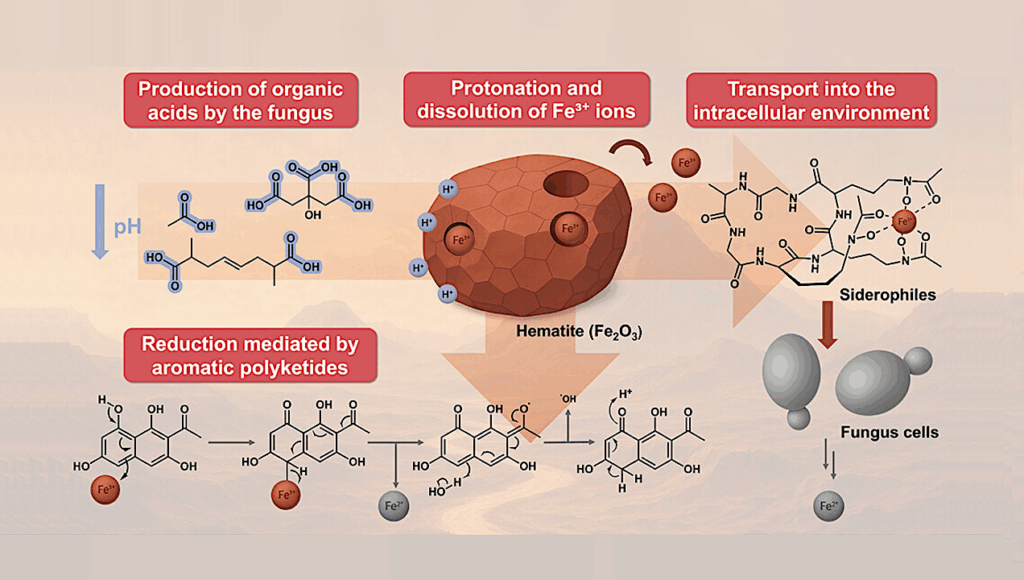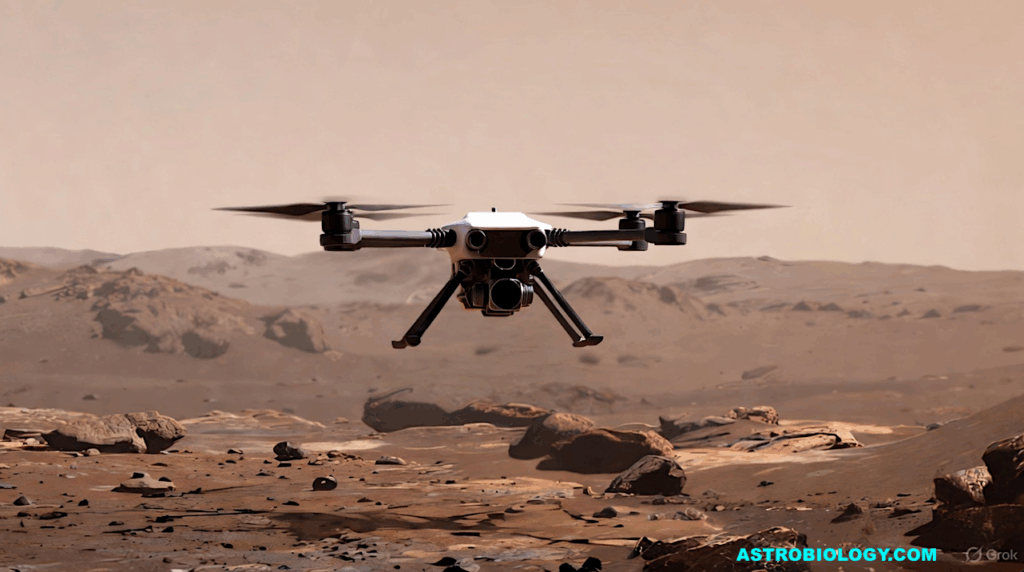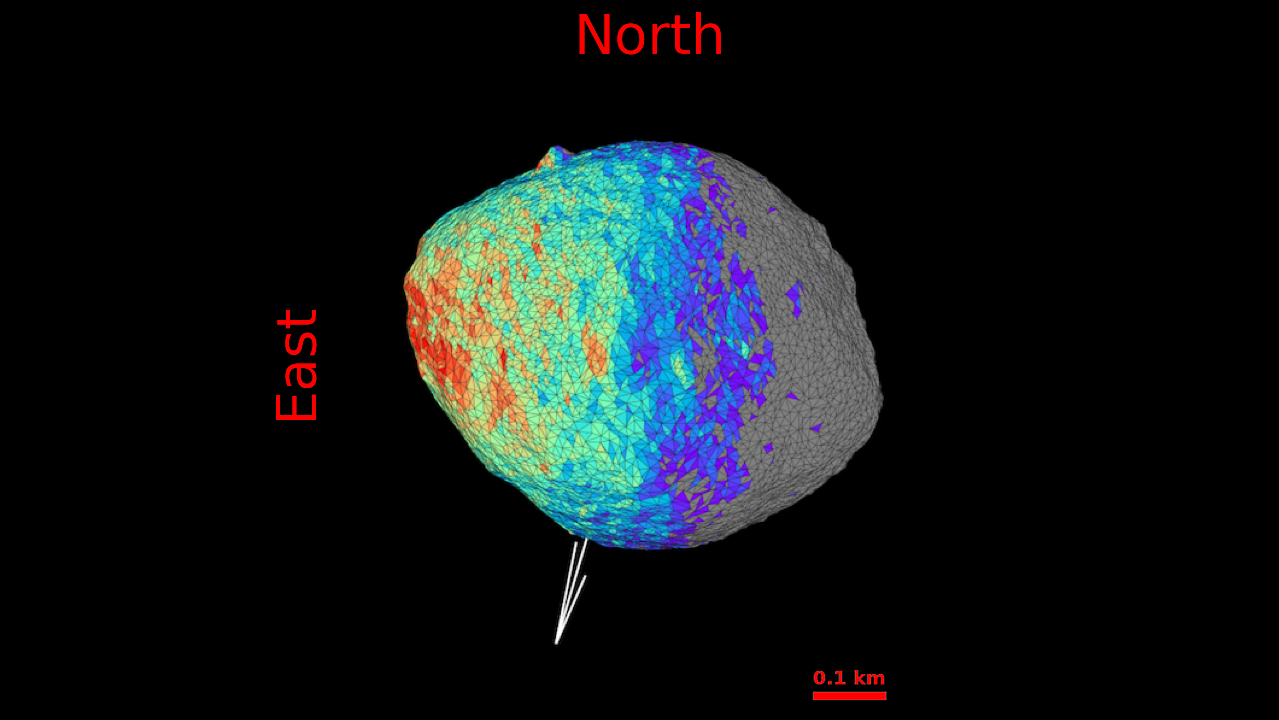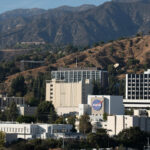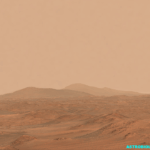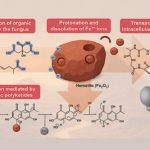Now Reading: JWST-TST High Contrast: Medium-resolution Spectroscopy Reveals a Carbon-rich Circumplanetary Disk Around The Young Accreting Exoplanet Delorme 1 AB b
-
01
JWST-TST High Contrast: Medium-resolution Spectroscopy Reveals a Carbon-rich Circumplanetary Disk Around The Young Accreting Exoplanet Delorme 1 AB b
JWST-TST High Contrast: Medium-resolution Spectroscopy Reveals a Carbon-rich Circumplanetary Disk Around The Young Accreting Exoplanet Delorme 1 AB b
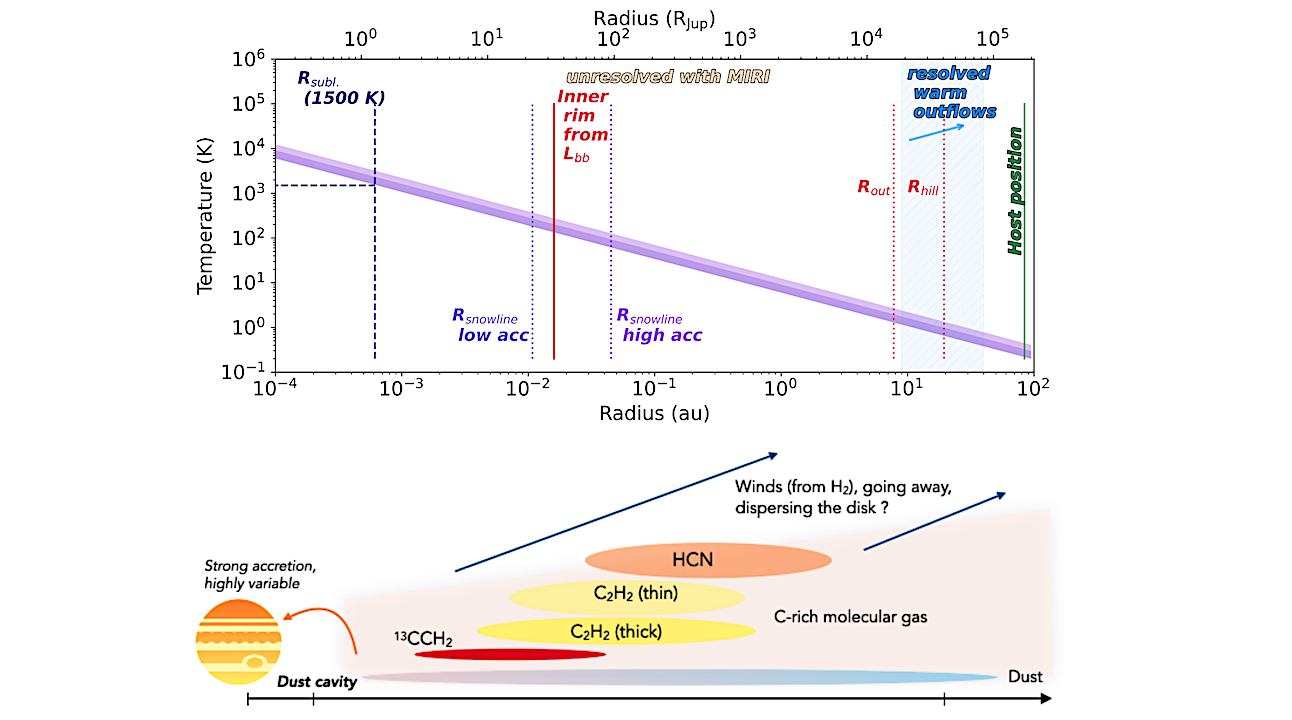

Schematic of the Delorme 1 AB b system: the planet and its CPD. Top: Temperature as a function of radius with both axes on a logarithmic scale. The upper and lower purple bounds correspond to scenarios with high and low accretion, respectively. Representative radius values are indicated. The beige region denotes scales below the spatial resolution of MIRI/MRS. Bottom: A schematic illustration of the CPD structure with the molecular gas species, intended as a simplified representation; it does not necessarily reflect the true spatial distribution of molecular species. — astro-ph.EP
Young accreting planetary-mass objects are thought to draw material from a circumplanetary disk (CPD) composed of gas and dust.
While the gas within the disk is expected to disperse within the first million years, strong accretion has nonetheless been detected in older systems, including the 30–45 Myr-old planetary-mass companion Delorme 1 AB b. We conducted spectroscopic observations with JWST/MIRI to investigate the presence of circumplanetary material around this young, accreting planet, and to characterize the planet’s atmospheric properties and composition.
We perform forward modeling using atmospheric models to characterize the planet’s atmosphere. Beyond 10 microns, the SED becomes dominated by this CPD rather than the planet itself.
We detect strong emission from HCN and C2H2, while no O-bearing species are observed in the CPD spectrum, suggesting the gas in the CPD has an elevated C/O. We also identify spatially extended H2 emission around the planet, tracing warm gas, with indications that it may be at a higher temperature than the non-extended component.
The mid-infrared spectrum of the planetary-mass companion Delorme 1 AB b reveals the first detection of bright C-bearing species in a CPD, together with an outflow traced by H2 extended emission, that could be interpreted as a disk wind. The hot dust continuum emission suggests an inner cavity in the CPD. The presence of warm gas in the CPD provides constraints on the disk’s chemical composition and physical conditions, opening up new avenues for disk studies.
The study of these long-lived “Peter Pan” disks will enhance our understanding of how accretion persists in evolved low-mass systems, shedding light on their formation, longevity, and evolutionary pathways in planetary systems.
Mathilde Mâlin, Kimberly Ward-Duong, Sierra L. Grant, Nicole Arulanantham, Benoît Tabone, Laurent Pueyo, Marshall Perrin, William O. Balmer, Sarah Betti, Christine H. Chen, John H. Debes, Julien H. Girard, Kielan K. W. Hoch, Jens Kammerer, Cicero Lu, Isabel Rebollido, Emily Rickman, Connor Robinson, Kadin Worthen, Roeland P. van der Marel, Nikole K. Lewis, Sara Seager, Jeff A. Valenti, Remi Soummer
Comments: Accepted for publication in A&A
Subjects: Earth and Planetary Astrophysics (astro-ph.EP)
Cite as: arXiv:2510.07253 [astro-ph.EP] (or arXiv:2510.07253v1 [astro-ph.EP] for this version)
https://doi.org/10.48550/arXiv.2510.07253
Focus to learn more
Submission history
From: Mathilde Mâlin
[v1] Wed, 8 Oct 2025 17:17:55 UTC (27,523 KB)
https://arxiv.org/abs/2510.07253
Astrobiology, Astrogeology, exoplanet,
Stay Informed With the Latest & Most Important News
Previous Post
Next Post
-
 01From Polymerization-Enabled Folding and Assembly to Chemical Evolution: Key Processes for Emergence of Functional Polymers in the Origin of Life
01From Polymerization-Enabled Folding and Assembly to Chemical Evolution: Key Processes for Emergence of Functional Polymers in the Origin of Life -
 02Panasonic Leica Summilux DG 15mm f/1.7 ASPH review
02Panasonic Leica Summilux DG 15mm f/1.7 ASPH review -
 03How New NASA, India Earth Satellite NISAR Will See Earth
03How New NASA, India Earth Satellite NISAR Will See Earth -
 04And Thus Begins A New Year For Life On Earth
04And Thus Begins A New Year For Life On Earth -
 05Astronomy Activation Ambassadors: A New Era
05Astronomy Activation Ambassadors: A New Era -
06SpaceX launch surge helps set new global launch record in 2024
-
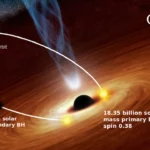 07Two Black Holes Observed Circling Each Other for the First Time
07Two Black Holes Observed Circling Each Other for the First Time












